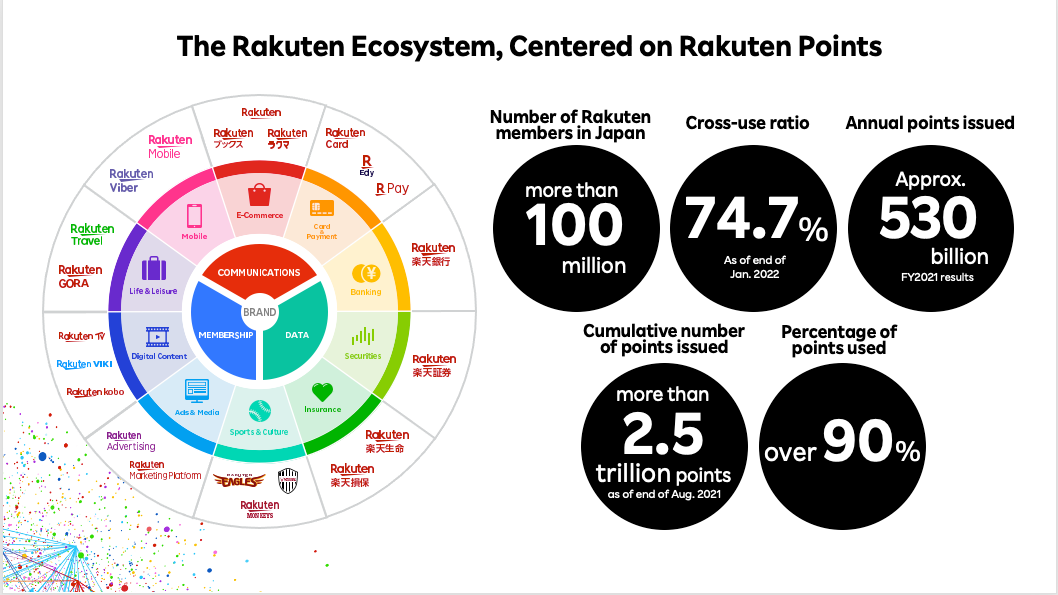Introduction
Across Europe, telecom prices have been falling for more than a decade. In Italy, services are now 30% cheaper than they were ten years ago. France has seen a similar drop of 26%, while the EU average is down almost 10%, according to Dario Betti at MEF. For consumers, that feels like a win.
The Hidden Cost of Cheap Telecom Services
But behind the scenes, operators are still pouring billions into network investments. Global capex has consistently exceeded $300 billion a year over the past decade, peaking at nearly $330 billion in 2022 with the rollout of 5G and fibre. Yet revenues have remained flat, margins are shrinking, and the model is increasingly unsustainable.
Most MNOs are still built around price and value as their core differentiators. For years, the focus has been on competing through tariffs rather than innovation. The result? A sector under pressure and increasingly reliant on M&A just to survive. Across Europe, we see operators 3 and 4 often merging to create sufficient scale.
Yes, consumers benefit in the short term from cheaper services. But the industry risks undermining its own future if it doesn’t shift strategy.
How MVNO Partnerships Create New Growth Opportunities
One path forward is embracing the MVNO model. By partnering with brands that can deliver innovation, MNOs can continue to monetise their networks, often with better unit economics. The heavy lifting of subscriber acquisition and management sits with the partner, while the operator gains scale without eroding value.
We’re already seeing this in action. Revolut is using 1Global as the enabler behind its embedded mobile service, adding connectivity to its fintech ecosystem. Nubank, one of the world’s biggest digital banks, has partnered with Gigs to embed mobile subscriptions into its product portfolio. And in our own case at Mobilise, Instabridge is leveraging our HERO platform to deliver seamless connectivity as part of its wider digital offering.
Recommended Reading
Beyond Connectivity: Telecom Expansion into New Verticals
For those MNOs that can take it a step further and establish direct partnerships with adjacent industries, such as in fintech, media, health, and transport, there’s an even greater opportunity. By layering additional products and services onto their existing customer relationships, operators can drive greater stickiness, deepen engagement, and unlock new revenue streams beyond pure connectivity.
We’re already witnessing this in action. Orange has successfully entered the financial services market with Orange Bank, leveraging its customer base and brand trust to expand into a completely new vertical. Similarly, EE has expanded into gaming by bundling cloud gaming services and hardware offers to capture a larger share of the digital entertainment market.
 Source: EE
Source: EE
And globally, the examples are even clearer. Rakuten in Japan has built an entire ecosystem around its mobile business. Spanning e-commerce, banking, payments, travel, and even loyalty points that tie everything together. Their mobile customers are participants in a wider digital lifestyle platform, not just subscribers.
 Source: Rakuten
Source: Rakuten
In the US, T-Mobile has leaned into partnerships and bundling – most famously including Netflix in its family plans, turning what was once “just another tariff” into a value-rich digital lifestyle package.
The enabler of all this? Technology. A flexible, modern tech stack gives operators the freedom to experiment, launch quickly, and deliver new customer experiences at scale. It’s no longer about “pipes” alone but about becoming a platform for innovation.
How eSIM Technology Is Driving Telecom Innovation
A big part of this story is eSIM. It is proving to be a catalyst for change because it lowers barriers to entry for brands, removes the cost and complexity of physical SIM distribution, and enables a truly digital user experience where activation and switching happen instantly inside an app. It also supports entirely new business models, from embedded connectivity in fintech apps to IoT deployments and lifestyle bundles that extend well beyond telecoms.
eSIM is opening the door to a more flexible, customer-centric ecosystem, one where operators, MVNOs, and digital brands can innovate faster and deliver richer experiences.
The operators that embrace this shift will thrive. Those that don’t risk being left behind in another round of consolidation.
Reference to: “Telecom Services: Cheaper Than Ever, Is It Sustainable?” by Dario Betti via MEF.



